Feature
The Beauty of Microbial Creation: Welcome to the Museum of Fermented Foods by Kaoru, Founder of Dress the Food
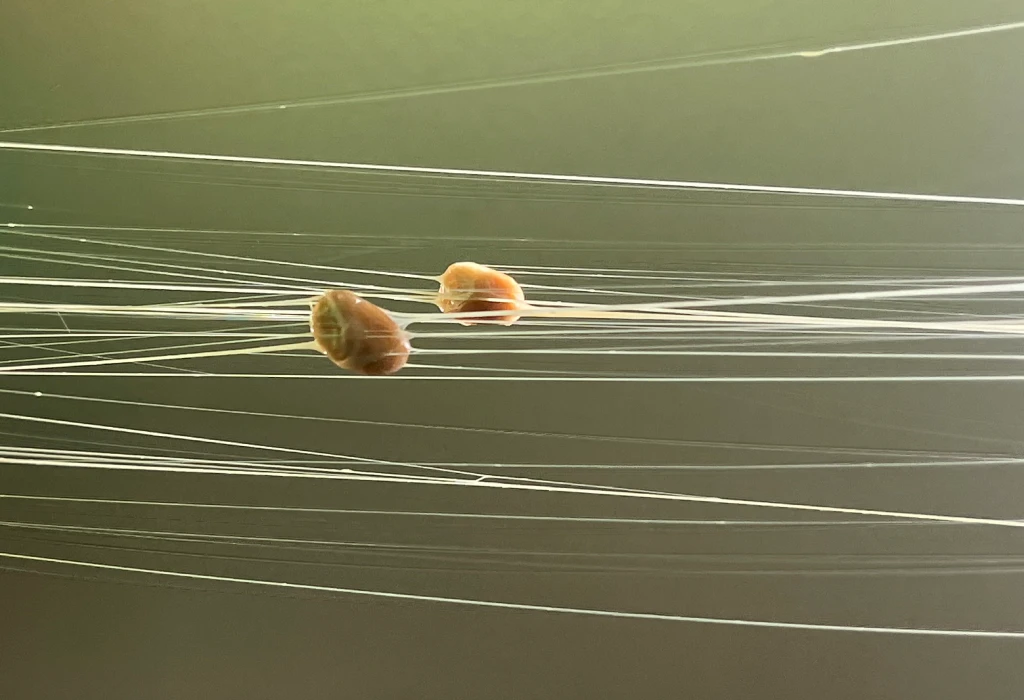
Index
What comes to mind when you think of fermented foods? Most would say they are healthy, rich in umami, and flavorful. But what about their visual appeal? We often focus on the taste and aroma of fermented foods, yet a closer inspection reveals a stunning world of microorganisms at work.
Consider natto (fermented soybeans), amazake (sweet sake), and dried bonito flakes. Food director KAORU captures the vibrant beauty of these three familiar fermented foods through photos and captions, highlighting the dynamic world of microorganisms involved in their creation.
Welcome to the Museum of Fermented Foods, where the unique beauty and vitality of fermented foods come to life. Experience the allure that goes beyond taste and aroma, inviting you to appreciate the fascinating microbial artistry behind these culinary delights.
Natto: Unity and Dynamism
Natto, or fermented soybeans, is one of Japan’s most beloved fermented foods. Its origins are shrouded in various legends, such as the story of Hachimantaro Yoshiie (Minamoto no Yoshiie) during the late Heian period. A tale of his suggests that natto was born when stewed soybeans, carried on a horse’s back, came into contact with Bacillus subtilis natto* present in the straw of the bale. Regardless of the specific origin, natto’s creation is often attributed to a fortunate encounter with these bacteria.
Bacillus subtilis natto is a resilient bacterium, capable of surviving not only in straw but even 3,000 meters above ground. This microorganism is renowned for supporting health, particularly through the production of the enzyme nattokinase, which helps dissolve blood clots.
There are four main types of natto: itohiki (sticky) natto, hikiwari (crushed) natto, goto natto (hikiwari natto fermented with koji rice and salt), and tera natto (soybeans fermented with roasted and ground barley powder). Food director KAORU examined the three types of natto that utilize Bacillus subtilis natto, noting that the soybeans maintain a perfect distance from each other during fermentation.
*Though Bacillus subtilis natto is not recognized as a distinct species academically, it is part of the broader Bacillus subtilis group of microorganisms.





Amazake: Seven Transformations of Rice
There are two types of amazake (sweet sake): one made with koji rice** and the other with sake kasu (lees). Koji amazake is a simple combination of rice, koji rice, and water, while sake kasu amazake is made from sake kasu, sugar, and water.
KAORU chose koji amazake, made without heating to preserve the live koji yeast, and sake kasu from Japanese sake, a key ingredient for sake kasu amazake.
The journey of rice: from rice to koji rice, and then to koji amazake; from rice to sake, and then to sake kasu amazake. Rice, the soul of the Japanese people, undergoes multiple transformations to become a naturally sweet liquid.
**Koji rice is created by propagating and fermenting Aspergillus oryzae, a koji mold, on rice. This mold has a high capacity for converting rice into sugar. Koji rice is fundamental to Japanese cuisine, used in making miso, soy sauce, and mirin.

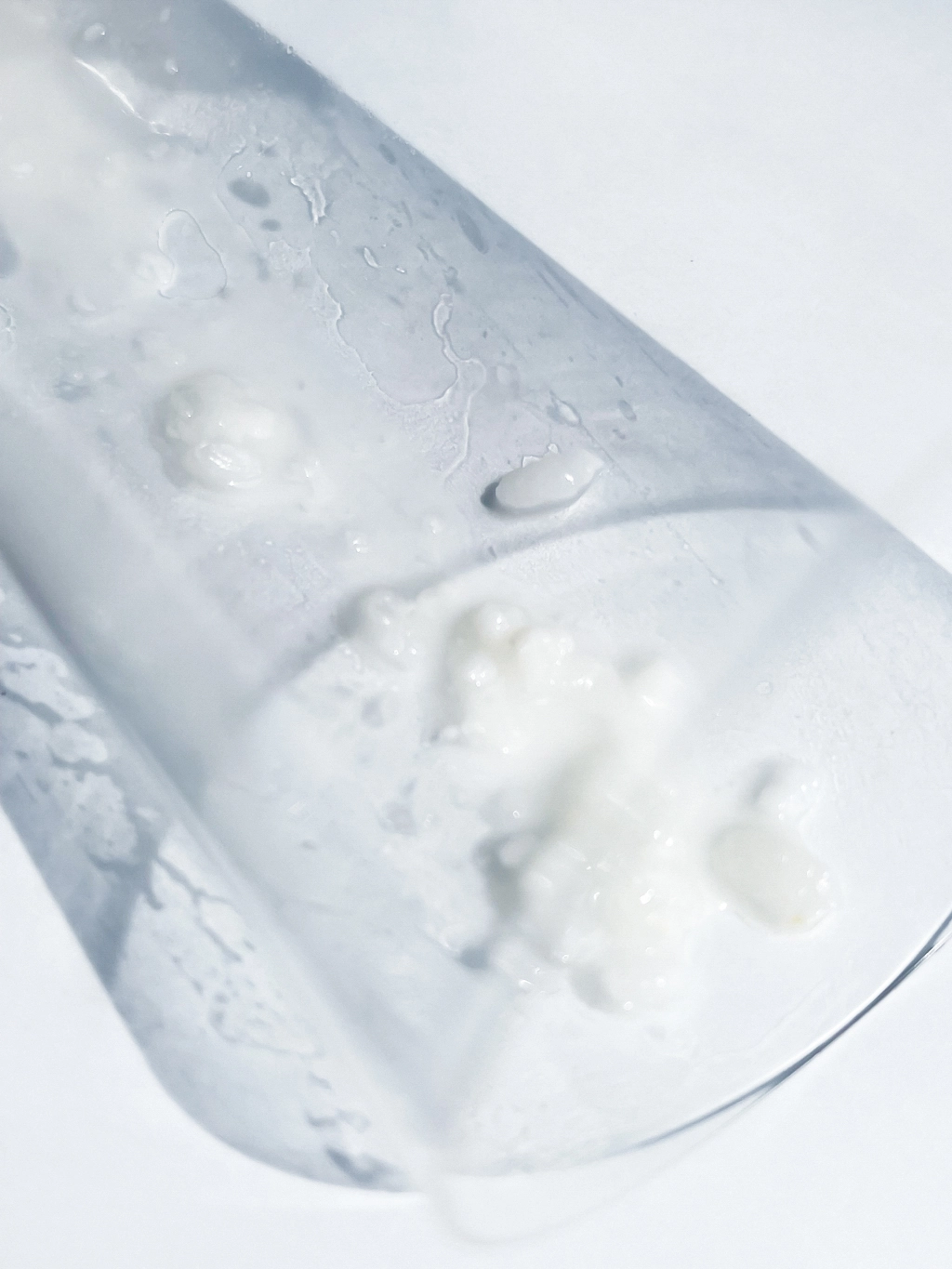
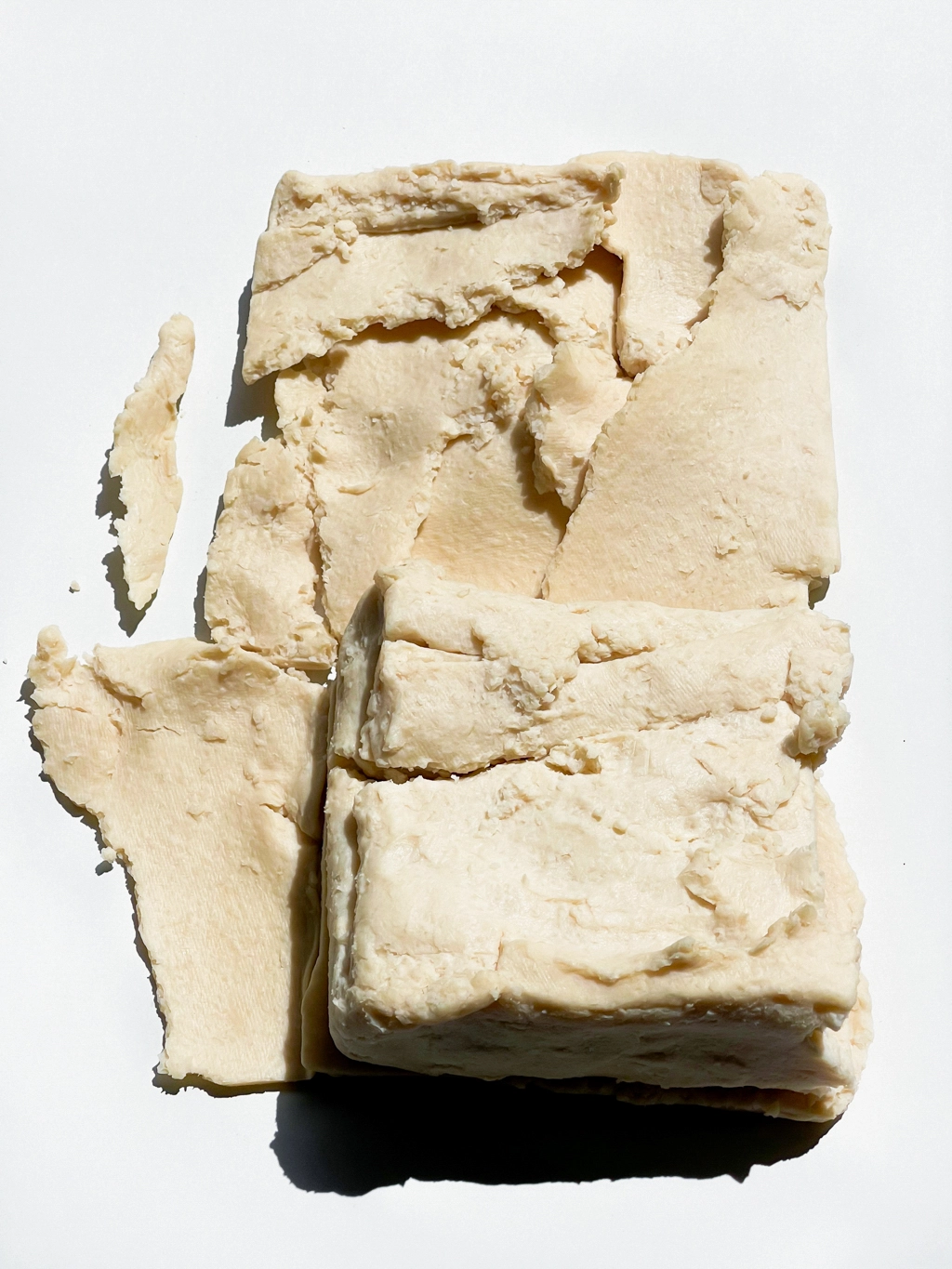
Dried Bonito Flakes: Meat or Bark?
The term “bushi” in katsuobushi refers to fish that has been boiled and then smoked (heated and dried) to preserve it. After multiple smoking processes, katsuobushi mold develops. Why is there no fat floating in the broth despite bonito being an animal product? The answer lies in the mold. Katsuobushi mold decomposes lipids and performs remarkable functions, such as gradually removing moisture for long-term preservation and enhancing umami and deep aroma***.
Many other types of “bushi” exist, including mackerel, tuna, and horse mackerel. The flavor and aroma of the fish vary depending on the presence or absence of bloodlines—the area between the fish’s back and belly where many blood vessels are concentrated.
***Not all dried bonito flakes are fermented foods. Those in the stage before mold attachment are called arabushi or onibushi. The bushi with mold attached is called karebushi, and those that have mold attached four times are known as honkarebushi.

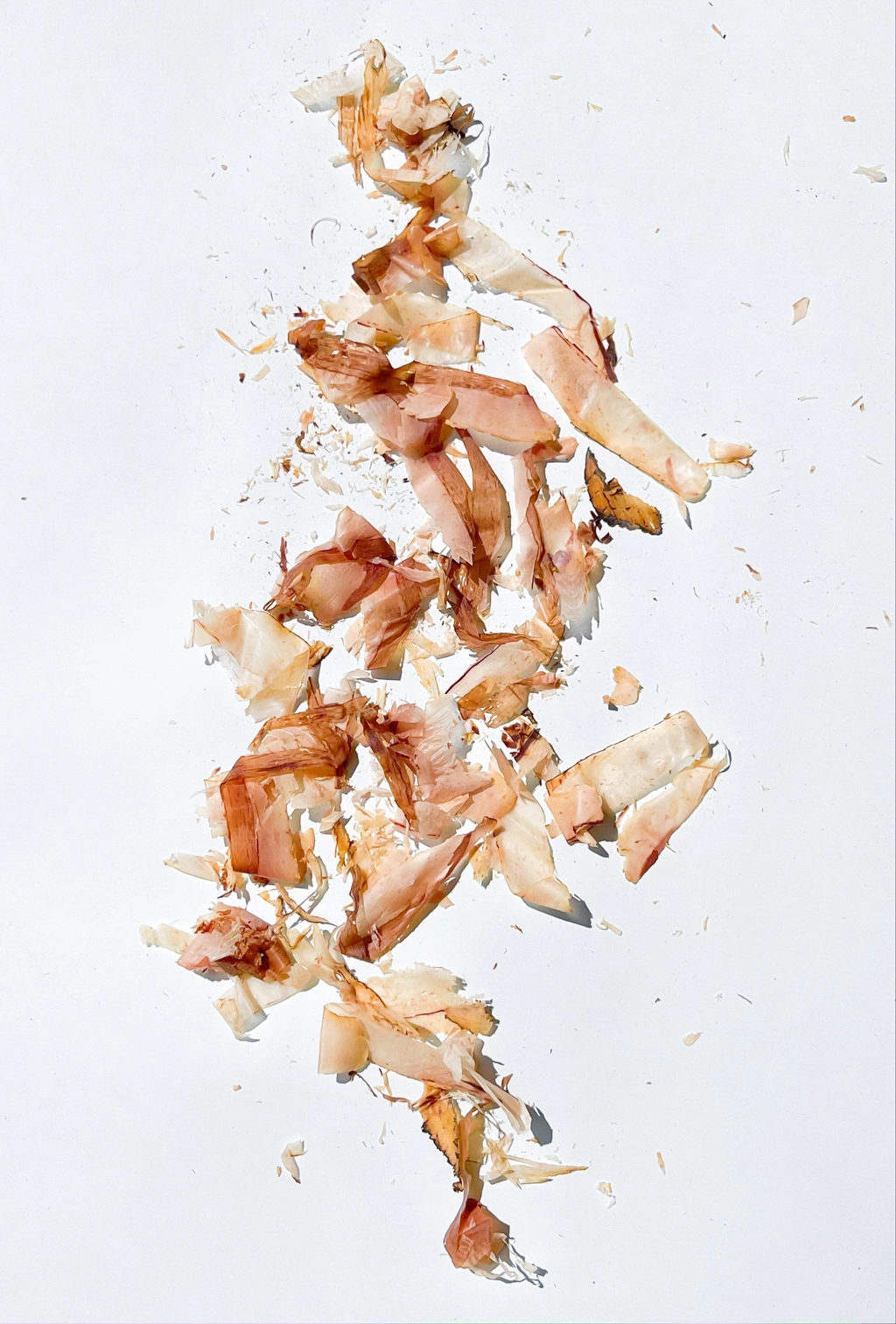
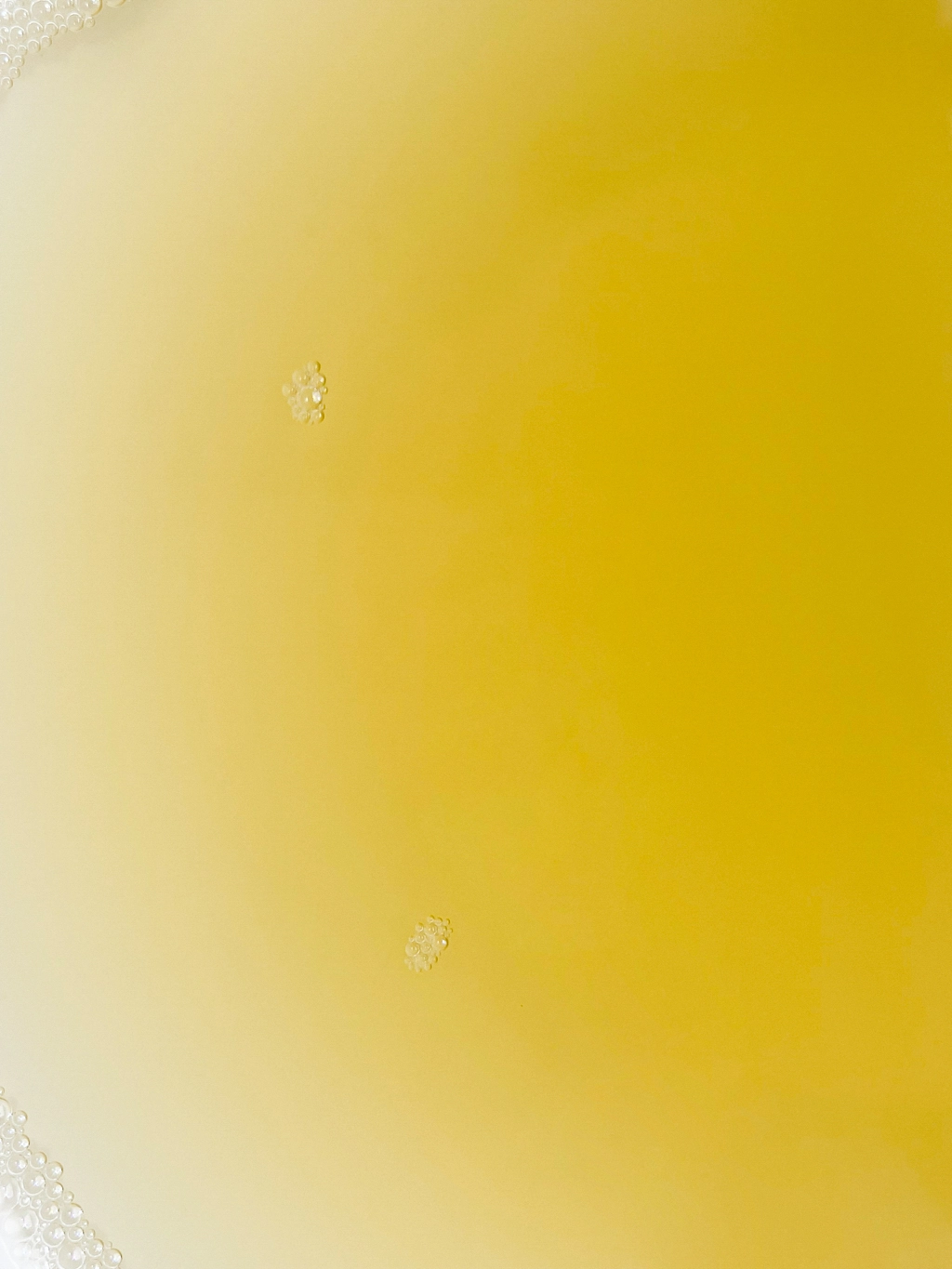

01, 02, 03: Ginjo Natto Fuku Fuku (Fukuda Co., Ltd.)
04: Tokachi no Ibuki - Hikiwari (Tokiwa Shokuhin Co., Ltd.)
05: Yukiwari Natto (Yukinco Inc.)
06, 07: Myojin Amazake no Moto - Nama (Amanoya)
08: Gangi Junmai Daiginjo Yunagi - Shin Sake Kasu (Yaoshin Shuzo Co., Ltd.)
09, 11: Magurohana (Maruyo Co., Ltd.)
10: Hanamejika (Maruyo Co., Ltd.)
12: Sodabushi Atsukezuri (Maruyo Co., Ltd.)

KAORU is a food director, artist, and founder of “Dress the Food.” She has worked extensively in advertising, magazines, and commercials. In 2018, she gained attention with her solo exhibition “Food On A Photograph” in New York and Tokyo. In 2019, KAORU held the exhibition “Food On A Model.” In 2022, she launched “shichimi magazine” and is currently working on Vol. 2.
Website: https://www.hanabi-inc.net/people/kaoru
shichimi magazine: https://www.instagram.com/shichimimagazine
Let’s Share!
Did you want to take another look at the fermented foods in your kitchen?
Share your Monthly JP pavilion and circulate your thoughts.
Related Articles
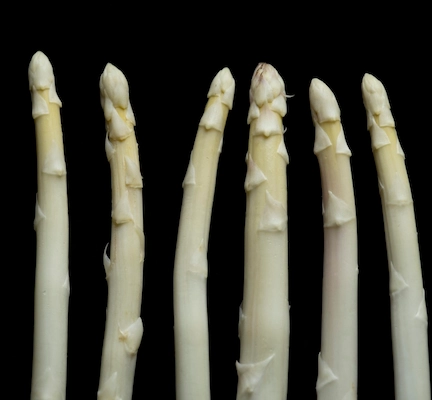
01/03
A to Z on Japanese Food What Are the Important Elements That Should Be Preserved for Future Generations?
Japanese food is vague and elusive. Its form is constantly changing. It is the “character” that we need to cherish.
Read more
02/03
Why Is Soy Sauce Good? Exploring Japanese Fermentation Culture Through Seasonings
How did Japan become a fermentation powerhouse? An expert explains the background.
Read more